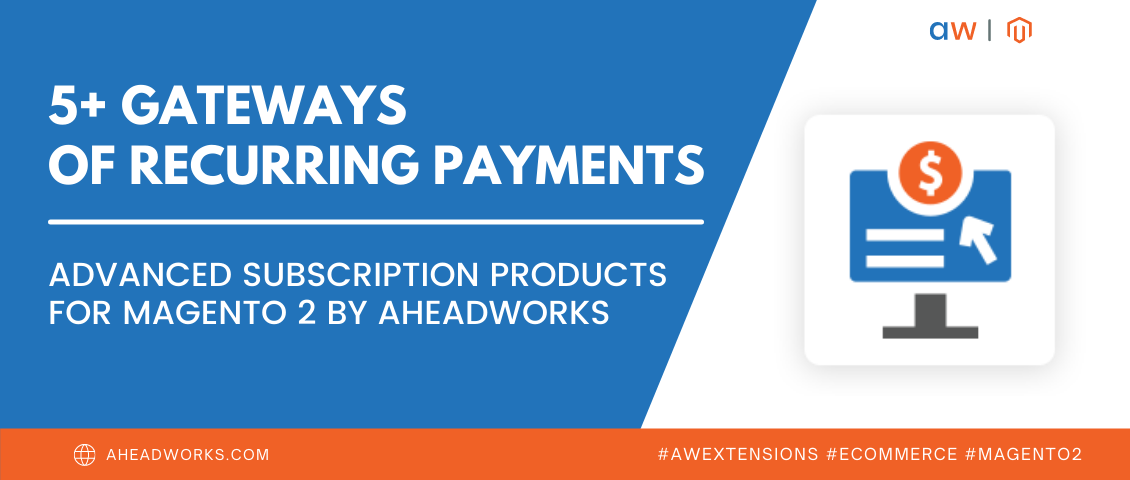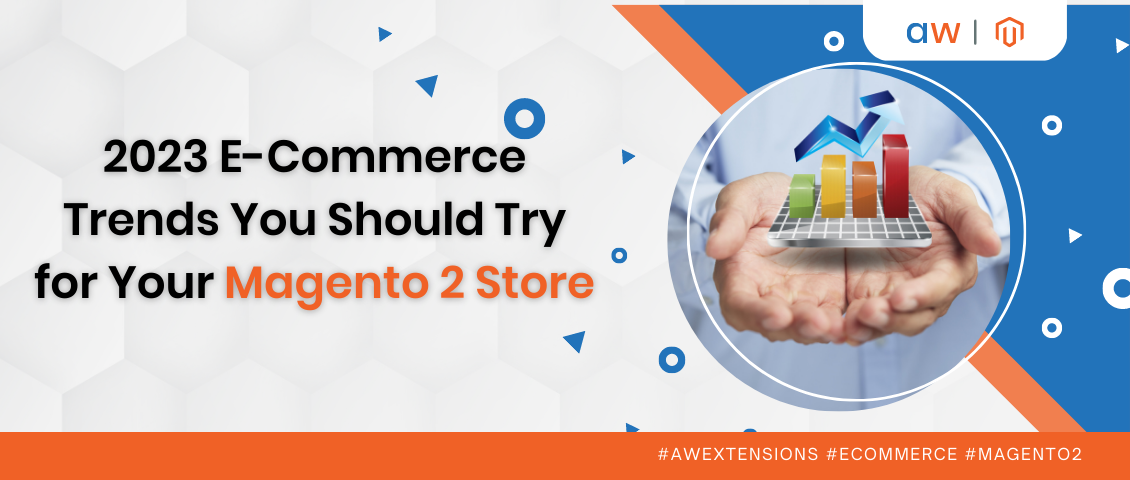Six Simple Steps for Developing Marketing Plan (part 1)
Categorized as : Ecommerce
| Inspired with the “The Perfect Customer Lifecycle” white paper from Infusionsoft, I decided to provide you with the simple six steps that act as a framework for developing your sales and marketing process. Don’t miss a chance to increase your sales and get a greater profit. Let’s dig a little deeper into each of the steps. |
Entice trafficConsumers became more adapted to the modern world full of advertising. Paid advertising is not the key to the traffic to your website anymore. Now you have to create valuable content for earning traffic and attracting visitors. After you’ve created interesting content, you’re facing another problem: how would people find it? Search engine optimization.SEO is a technique which helps search engines to find and rank your site higher than the millions of other sites. The higher search engine ranking, the more people will see your site. |
| Social Networks.75% of consumers use social media to learn about products and services. This figure is a compelling reason to be in the social sphere. Let you followers in Twitter and fans on Facebook know about new products, industry news or company updates; create interesting campaigns for them and reward with exclusive offers and specials. If there is a need of creating B2B connections, use LinkedIn. All these social services are free and easy to manage. |
Grab your leadsAfter you’ve attracted people to your web store, you need to think about the way of getting their contact information. One of the best ways of capturing leads is a web form. But there is a problem for most small businesses: the majority of online store visitors never submit a form! Is this the case for your site? There could be several factors causing that. Your content isn’t good enough. Visitors must be highly motivated to share their personal information. If you content doesn’t seem to offer enough value, you’ll face the problem of low opt-in rates. People look for ways to reduce the number of emails and it becomes the reason for ineffectiveness of newsletter sign-up forms. If you do offer a newsletter, be clear about the benefits of subscribing. |
Too much information to know. Are you trustworthy? If your site doesn’t look credible enough, visitors won’t submit a form on your website. Make sure that you offer a comfortable level of expertise. Include customer testimonials or case studies, mention industry awards, certifications, and link to your privacy policy. |
Nurture prospectsIf you want to reach buyers, you should develop trust and convert leads. Many of small businesses ignore follow up messages. But there is an interesting fact: consistent and valuable follow up messages can prove to be a huge competitive edge. Meet the subscribers expectations. Subscribers don’t want to be overwhelmed by excessively frequent communications. Make sure that you fulfill the needs and wishes of your customers as well as your business. It’s better to ask about the timelines that are comfortable for subscribers: “Sign up for monthly newsletter” or “Get our weekly specials.” Daily emails are almost never a good idea unless your subscriber is expecting it. |
Use an individual approach. See you next week with the continuation of this article! |











